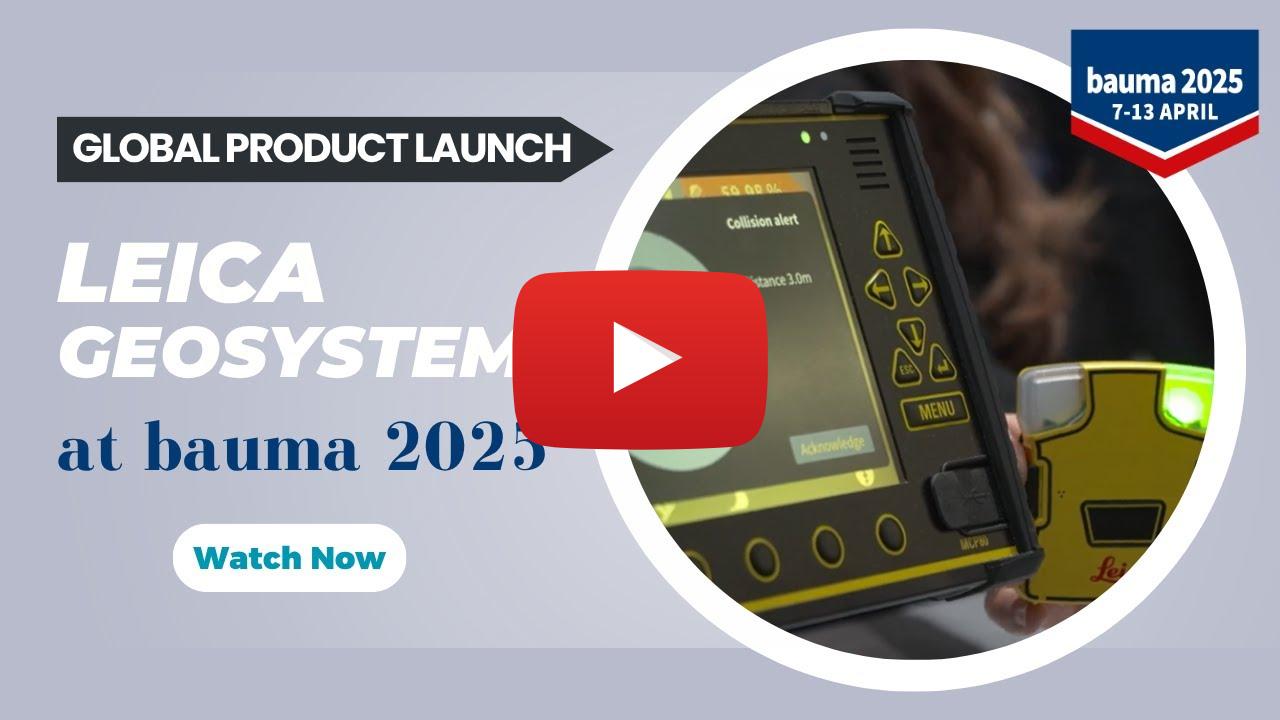Join Guy Woodford in the Third World Highways Roundtable on Connected Construction as industry experts delve into the transformative power of machine control technologies for enhancing construction site safety. Discover how fewer personnel around machines, advanced sensors, and legislative support are paving the way for a safer and more efficient construction landscape.








